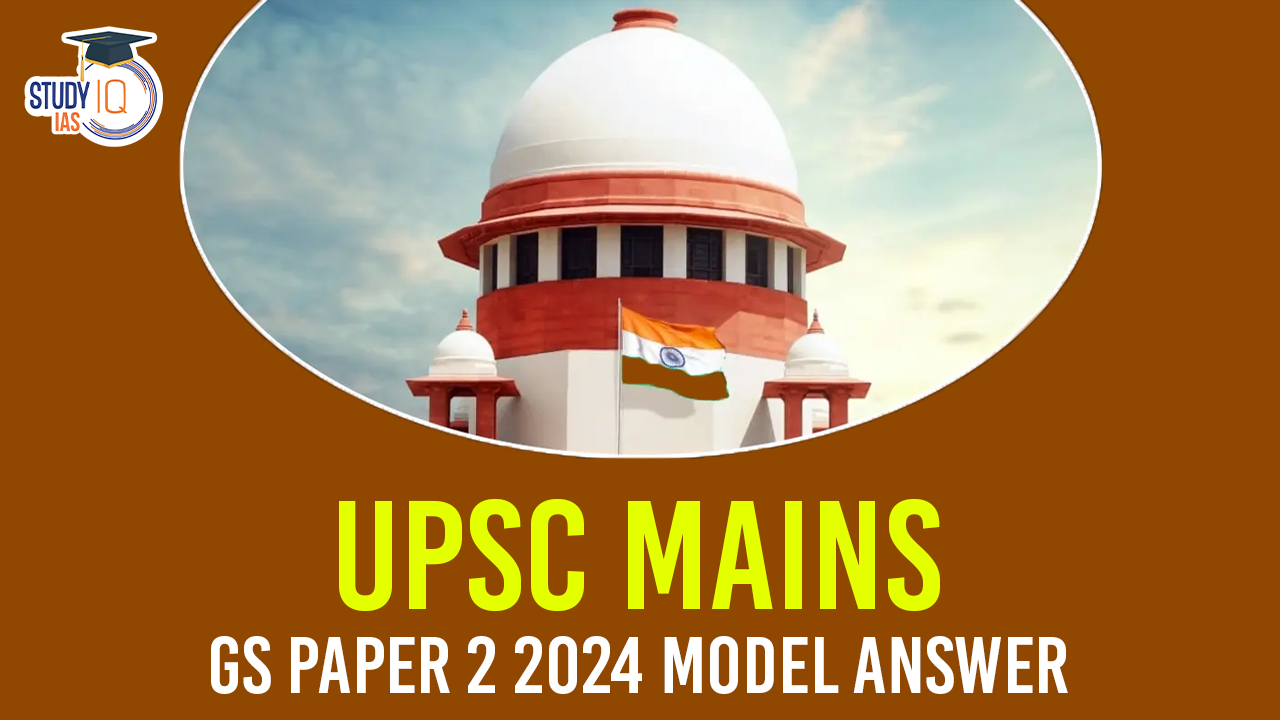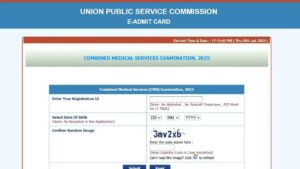Table of Contents
Introduction:
- Context: Centre-State relations are a vital aspect of India’s federal structure, impacting governance and policy implementation across the country. The dynamic interplay between the Union Government and State authorities shapes the nation’s political landscape.
- Highlight Recent Changes: Recently, the Union Government has introduced several changes aimed at redefining these relations, reflecting an evolving understanding of federalism in contemporary India.
Recent Changes in Centre-State Relations
Positive Changes
- NITI Aayog’s Role: Strengthening the role of the NITI Aayog in facilitating cooperative federalism and collaborative decision-making between the Centre and States.
- Example: NITI Aayog has conducted workshops with State governments to develop tailored strategies for achieving Sustainable Development Goals (SDGs).
- Finance Commission Recommendations: Implementation of the 15th Finance Commission’s recommendations for better fiscal management and resource distribution, enhancing state revenues.
- GST Council: Continued focus on the Goods and Services Tax (GST) framework to streamline tax collection and distribution, fostering a more equitable revenue-sharing model.
- Disaster Management: Enhanced cooperation in disaster management through the National Disaster Management Authority, ensuring states receive timely assistance and resources during crises.
- Example: The Centre provided immediate support to States affected by Cyclone Amphan in 2020, showcasing a coordinated disaster response.
- Health Sector Initiatives: Initiatives like Ayushman Bharat and the National Health Mission emphasize collaborative approaches in healthcare delivery.
- Example: National Health Mission: Collaborative efforts between Centre and states for healthcare.
Negative Changes
- Increased Centralization: There has been a trend towards centralization, with the Centre exerting more control over state matters, leading to tensions over autonomy.
- GST Implementation Challenges: While the GST aimed to unify tax systems, states have raised concerns over revenue shortfalls and the distribution of GST compensation, straining relationships.
- Example: Several States, including Maharashtra and West Bengal, have publicly expressed dissatisfaction over the delay in GST compensation payments.
- Disputes Over Legislative Powers: Conflicts have arisen over subjects listed in the State and Concurrent Lists, with the Centre sometimes encroaching on state jurisdiction, leading to legal challenges.
- Policy Implementation Gaps: States have faced challenges in implementing centrally sponsored schemes due to differing priorities and bureaucratic hurdles, creating friction in cooperation.
- Emergency Provisions Usage:The frequent invocation of provisions like Article 356 (President’s Rule) has raised concerns about misuse and the undermining of state governments.
- Resource Allocation Issues: Disparities in financial allocations and delays in fund releases for development projects have led to distrust among states regarding the Centre’s commitment.
- Crisis Management: The COVID-19 pandemic exposed weaknesses in coordination and resource sharing between the Centre and states, highlighting the need for more collaborative crisis management.
- Political Interference Allegations of political interference in state governance by the Centre have raised questions about the impartiality of federal relationships.
Measures to Build Trust and Strengthen Federalism
- Regular Dialogue: Establish regular meetings between the Prime Minister and Chief Ministers to discuss pressing issues and policy implementation.
- Transparent Communication: Foster transparent communication channels to address grievances and concerns, ensuring states feel heard and valued.
- Equitable Resource Allocation: Ensure fair and timely distribution of central funds to states, particularly for development projects, infrastructure, and social welfare programs.
- Empower State Legislatures: Encourage states to enact laws reflecting their unique needs and circumstances, respecting their autonomy in legislative matters.
- Capacity Building: Invest in capacity building for state governments to enhance their governance capabilities and efficient service delivery.
- Conflict Resolution Mechanism: Create an independent mechanism to address conflicts between the Centre and States, ensuring disputes are resolved amicably and fairly.
- Public Participation: Involve local communities and stakeholders in decision-making processes to enhance accountability and trust in governance.
Strengthening Centre-State relations through collaboration and trust is vital for effective governance, ensuring equitable development, and upholding the principles of federalism in India.
| Related Post | |
| UPSC Mains GS 1 Question Paper 2024 | UPSC Mains GS 1 Analysis 2024 |
| UPSC Mains Essay Question Paper 2024 | UPSC Mains Essay Analysis 2024 |
| UPSC Mains GS 2 Question Paper 2024 | |


 UPSC CMS Admit Card 2025 Out: Download L...
UPSC CMS Admit Card 2025 Out: Download L...
 UPSC Study Material for Prelims & Ma...
UPSC Study Material for Prelims & Ma...
 NATO Countries List 2025, Members, Funct...
NATO Countries List 2025, Members, Funct...





















